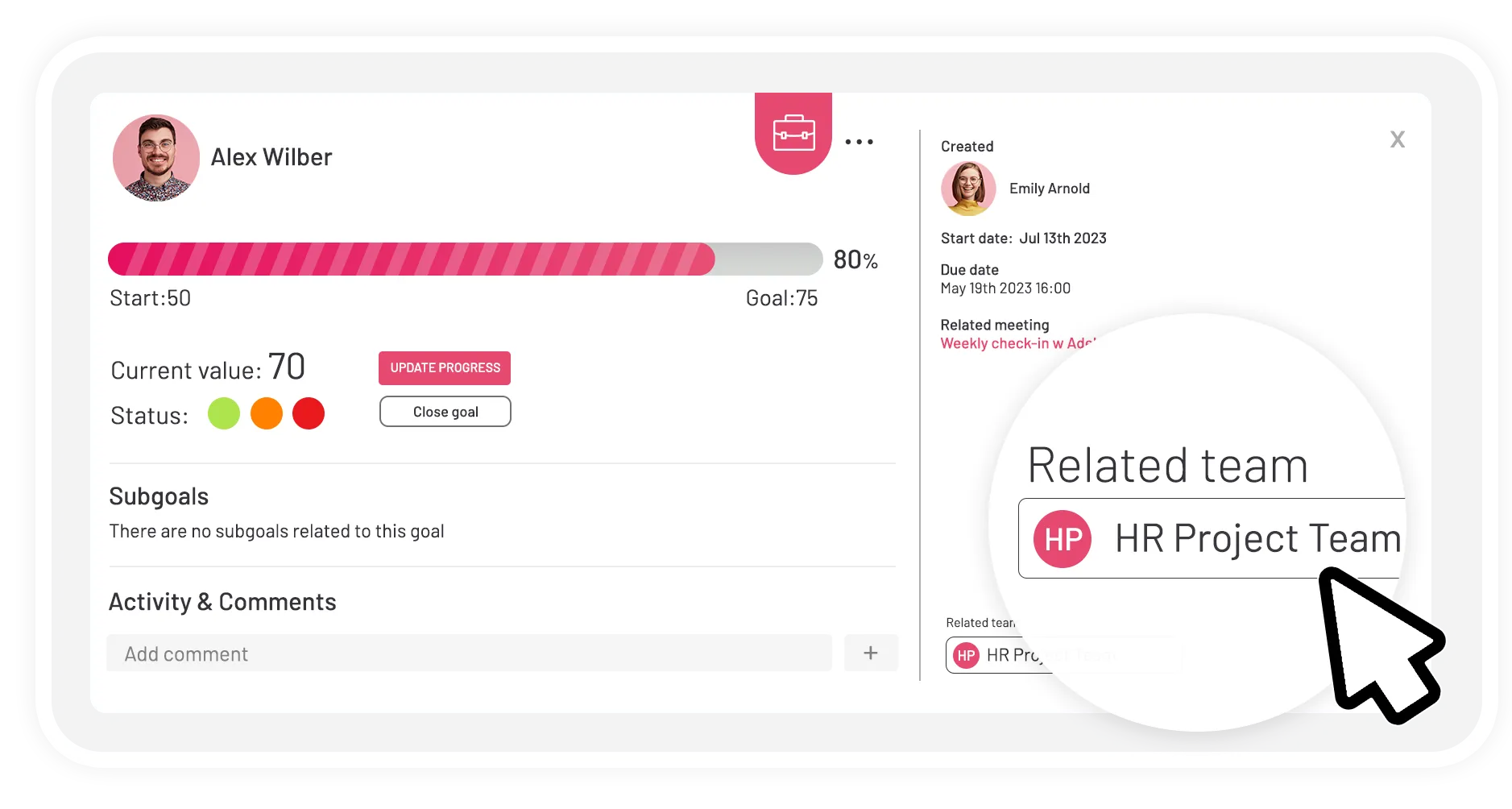Decision making in project management is one of the most important skills a leader can have. That being said, decision making in project management is easier said than done.
We here at Teamflect love speaking the praises of leaders with incredible decision-making skills.
Yet the writer of this article has it on good authority that members of the Teamflect blog team have trouble even as they are trying to pick out what type of coffee pods they should stock up on in the office.
Some people don’t like caramel, Todd!
– The Teamflect Blog Team
A million tiny decisions go into making sure an organization runs as smoothly as it does. Anything from our little coffee spat to picking out OKR Software. In making these decisions, a true leader shines.
We put together some helpful techniques for decision making in all the phases of project management to help all the awesome leaders reading our blog in realizing their full potential.
Some of these techniques for decision making in project management, we are certain you already know. But there may be a few tricks on decision making in project management that you might actually find to be refreshing.
Support Your Techniques With The Righ Tech.
Before we go any further, we would just like to point out that not using the right infrastructure for project management can take quite a bit of productivity away from your operations.
Project management decision making, after all, is an intricate process with a lot of moving parts. Your project management tool of choice should always be in the flow of work, and readily available.
For Microsoft Teams users, the best project management software is Teamflect. With key project management features such as:
- Project Check-in Meeting Agendas
- Task & Goal Management
- Feedback & Recognitions
- Project Review Templates
- And more!
Teamflect is the right tool to support your project management skills with. If you want to try it out, we have some good news for you! You can try Teamflect for FREE! Without signing up or any time limits, you can test Teamflect out and see if Microsoft Teams project management is right for you!



